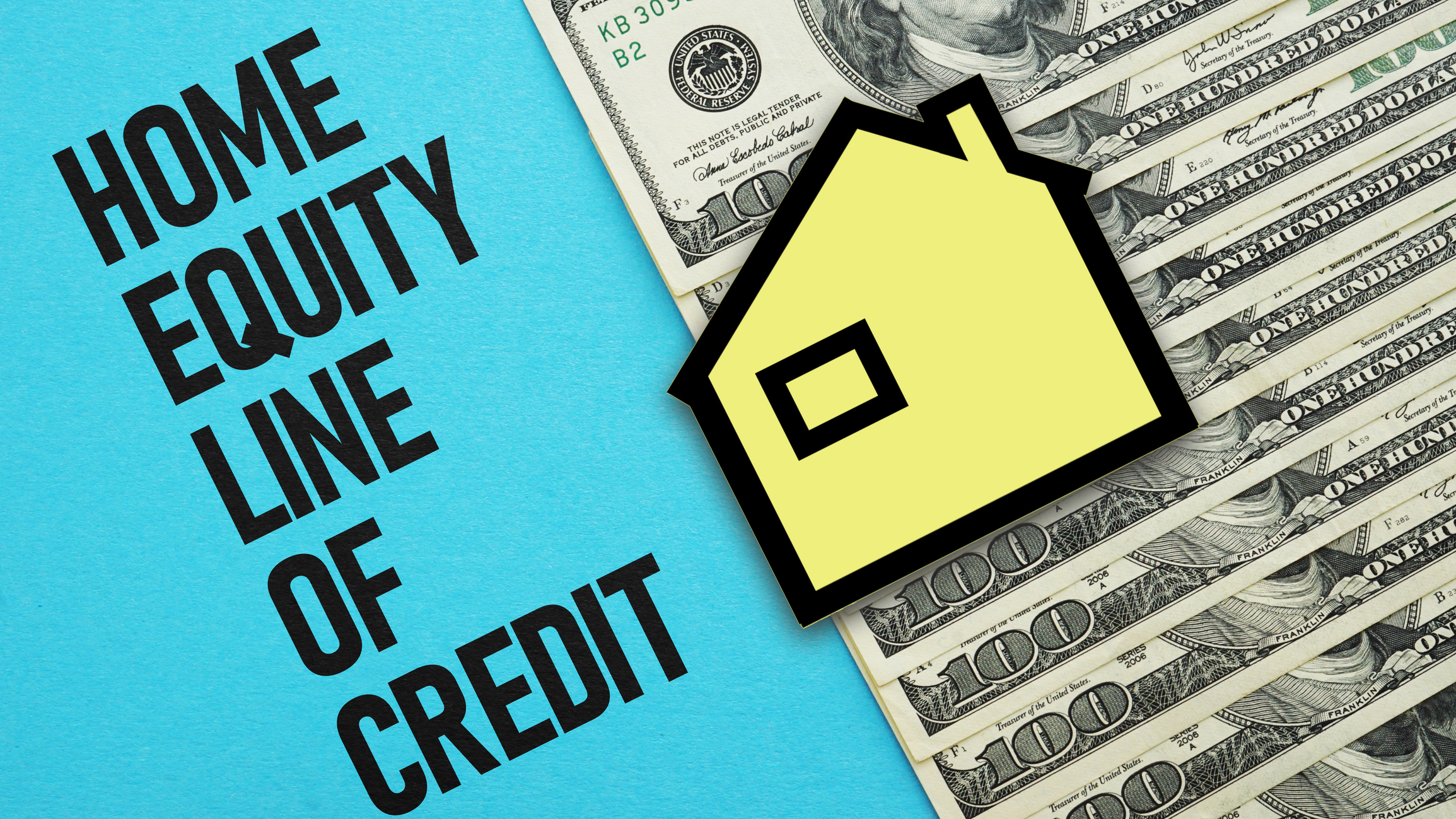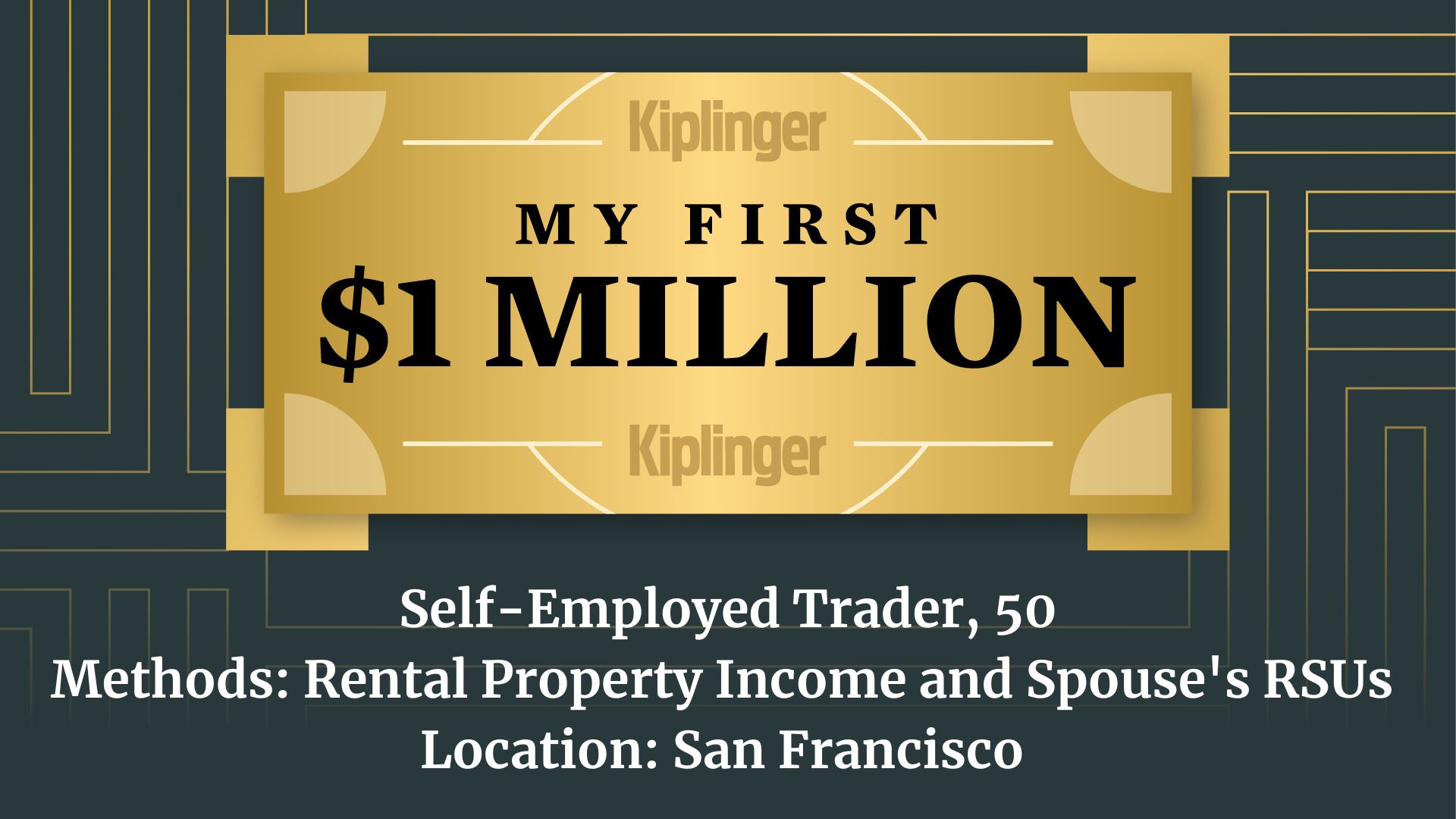Want to Change Banks? Try This 'Soft' Strategy
This banking trend allows you to explore a new bank account while keeping your primary one.


Once you find a bank account you like, you rarely switch to another. The average person keeps the same account for 17 years, Bankrate found.
What causes this long-term loyalty? One reason is that switching bank accounts, especially checking accounts, can be complicated. You must update direct deposits and change every automatic bill payment you make. As a result, many people prefer not to go through the hassle of switching.
But is this loyalty costing you opportunities to earn better returns? This is where the trend of "soft switching" comes in.
From just $107.88 $24.99 for Kiplinger Personal Finance
Become a smarter, better informed investor. Subscribe from just $107.88 $24.99, plus get up to 4 Special Issues

Sign up for Kiplinger’s Free Newsletters
Profit and prosper with the best of expert advice on investing, taxes, retirement, personal finance and more - straight to your e-mail.
Profit and prosper with the best of expert advice - straight to your e-mail.
Soft switching means trying a new bank while keeping your current one, with the option to close the old account later. This is something I know well because I did it, but before you rush to it or write it off, you should understand the benefits of soft switching and what to consider before making the change.
How I used soft switching to reach my goals
I was a big-bank customer for more than a decade, but as I was building up my savings, I found their interest offerings to be less than adequate. I was only earning a fraction of interest on my account holdings, so I explored the best high-yield savings accounts offered by online banks, which provided substantially higher annual percentage yields (APYs).
Instead of closing my big-bank accounts and transferring all my money to SoFi, the bank I wanted to try out, I opened a high-yield savings account (HYSA) with SoFi and left my old accounts open. From there, I set up automatic transfers from my old checking account to my SoFi savings every time a direct deposit was made.
The result? I was earning hundreds of dollars more annually with my SoFi high-yield savings account. After months of higher returns, I decided to open a checking account with SoFi as well, since it made accessing cash in my HYSA easier, and their checking account came with a 0.50% APY. From there, I closed my old big-bank accounts, completing the switch.
Why do people switch bank accounts?
If you're trying to make your money work better for you, switching bank accounts can be the smarter move in some instances. Say you have $10,000 in savings with your local bank, earning 0.02%. In the course of a year, you'll earn $2 on that account.
That's not optimal. Instead, if you take that $10,000 and open a high-yield savings account with Newtek Bank, you'll receive an APY of 4.35%. In the course of a year, you'll earn $444.57, giving you an extra $442.57 just for switching bank accounts.
Higher rates aren't the only reason people switch. Here are others:
- You've had bad experiences with your bank (high fees, poor customer service)
- You want access to better features (improved mobile app capabilities, responsive customer service)
- Avoiding fees, as some local banks offer accounts laden with them
- You want to take advantage of savings account bonuses
- You moved to a new city and don't want to use your old bank account
- Access to other accounts (CDs, money market accounts) with better returns
Reasons switching banks might not be a wise move
Switching might not work in certain scenarios. If you rely on a local branch to assist you with banking, then going to an online bank takes away that in-person help. For some, having that help is necessary to keep finances in line.
Another reason is that "soft switching" bank accounts requires considerable attention to detail. Until you make a full switch, you'll continue to manage multiple accounts from different banks, which can be overwhelming.
Only take this on if you feel comfortable managing everything. If you need assistance in this area, the best budgeting apps make it easier to manage your finances, especially if you have accounts at multiple banks.
A checklist for soft switching bank accounts

If you're interested in trying it out, here are some things you should do to make the process smoother:
- Do your research first: Ensure your new bank has an excellent reputation, offers accounts that meet your financial needs, and verify that accounts with sign-up bonuses don't come with higher fees.
- Make gradual shifts: When I started, I only opened a HYSA with SoFi and set up automatic transfers from my former checking account to fund and build it up over time. This gave me time to test SoFi's banking features, customer service and more to ensure it was a good fit for me.
- Create a list of automatic payments/deposits: This made switching my checking account more manageable because it gave me time to update everything when I wanted. I did this gradually over a few months to ensure I didn't miss any automatic payments before closing my older account. It also made the process much less stressful.
- Continue to shop around: I recommend shopping your savings account at least once per year. Doing this allowed me to find a better solution, which helped me reach some savings goals faster. You can use this Bankrate tool to find options fast:
The bottom line on soft switching bank accounts
The average person keeps their checking account for 17 years. Does that inertia cost you in the long run? It could, as many online banks offer substantially higher rates of return on savings accounts compared to their brick-and-mortar counterparts. This is where soft switching comes into play, as it allows you to try new bank accounts while maintaining your primary one.
The key is to take your time, research ample options to ensure you find the right one and make the switch gradually. Doing this makes the process less stressful and ensures you don't miss payments during the switch, while giving you access to the returns and features you deserve.
Related content
Profit and prosper with the best of Kiplinger's advice on investing, taxes, retirement, personal finance and much more. Delivered daily. Enter your email in the box and click Sign Me Up.

Sean is a veteran personal finance writer, with over 10 years of experience. He's written finance guides on insurance, savings, travel and more for CNET, Bankrate and GOBankingRates.
-
 I'm retired with $2.2 million saved and work 2 retail shifts a week for fun. My young colleague just got her hours cut, and I don't need the money. Should I quit so she can have my shifts?
I'm retired with $2.2 million saved and work 2 retail shifts a week for fun. My young colleague just got her hours cut, and I don't need the money. Should I quit so she can have my shifts?We asked certified financial planners for advice.
-
 Could an Annuity Be Your Retirement Safety Net?
Could an Annuity Be Your Retirement Safety Net?More people are considering annuities to achieve tax-deferred growth and guaranteed income, but deciding if they are right for you depends on these key factors.
-
 Older Taxpayers: Don't Miss This Hefty (Temporary) Tax Break
Older Taxpayers: Don't Miss This Hefty (Temporary) Tax BreakIf you're age 65 or older, you can claim a "bonus" tax deduction of up to $6,000 through 2028 that can be stacked on top of other deductions.
-
 CD vs. Money Market: Where to Put Your Year-End Bonus Now
CD vs. Money Market: Where to Put Your Year-End Bonus NowFalling interest rates have savers wondering where to park cash. Here's how much $10,000 earns in today's best CDs versus leading money market accounts.
-
 Meet the World's Unluckiest — Not to Mention Entitled — Porch Pirate
Meet the World's Unluckiest — Not to Mention Entitled — Porch PirateThis teen swiped a booby-trapped package that showered him with glitter, and then he hurt his wrist while fleeing. This is why no lawyer will represent him.
-
 Smart Business: How Community Engagement Can Help Fuel Growth
Smart Business: How Community Engagement Can Help Fuel GrowthAs a financial professional, you can strengthen your brand while making a difference in your community. See how these pros turned community spirit into growth.
-
 Smart Money Moves Savers Should Make in 2026
Smart Money Moves Savers Should Make in 2026These steps will get you on the road to achieving your 2026 savings goals.
-
 How Much Would a $50,000 HELOC Cost Per Month?
How Much Would a $50,000 HELOC Cost Per Month?Thinking about tapping your home’s equity? Here’s what a $50,000 HELOC might cost you each month based on current rates.
-
 My First $1 Million: Self-Employed Trader, 50, San Francisco
My First $1 Million: Self-Employed Trader, 50, San FranciscoEver wonder how someone who's made a million dollars or more did it? Kiplinger's My First $1 Million series uncovers the answers.
-
 Waiting for Retirement to Give to Charity? Here Are 3 Reasons to Do It Now, From a Financial Planner
Waiting for Retirement to Give to Charity? Here Are 3 Reasons to Do It Now, From a Financial PlannerYou could wait until retirement, but making charitable giving part of your financial plan now could be far more beneficial for you and the causes you support.
-
 Are You Ghosting Your Finances? What to Do About Your Money Stress
Are You Ghosting Your Finances? What to Do About Your Money StressAvoidance can make things worse. You can change your habits by starting small, talking with a family member or friend and being consistent and persistent.